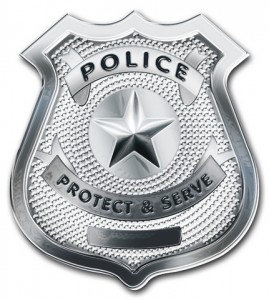 Acting as the wine police when dining out is the last of my intentions. But several times in the past few months, the question of a wine’s temperature has marred my dining experience. Not that I have a wine thermometer tucked in my handbag, but when wines are served too warm or too cold they lose their luster.
Acting as the wine police when dining out is the last of my intentions. But several times in the past few months, the question of a wine’s temperature has marred my dining experience. Not that I have a wine thermometer tucked in my handbag, but when wines are served too warm or too cold they lose their luster.
The technical reasons for serving wine at the ideal temperature is to bring out its aroma characteristics and depth of taste. From the consumer’s point of view, it’s simply disappointing to drink a wine that isn’t at its best simply because it is the wrong temperature. If a white wine is served too cold, it rarely tastes like anything more than an extremely cold beverage. Reds served too warm lose fruit and structure, leaving only the taste of the alcohol.
Red wine is best served from 58 to 65 degrees, and whites are best from 45 to 52 degrees, much higher than refrigerator temperatures. The type and style of wine plays a role in the ideal temperature. For whites, the more delicate styles are served on the warm end of the scale, and dessert and sparkling wines taste best on the cooler end.
For many people, wine is an essential part of a pleasurable dining experience. It is appropriate to ask your waiter to slightly cool your red wine if it is too warm, or to request that a white be chilled further.
If you are the host, in a pinch wine can be chilled by placing the bottle in a water and ice bath for about 10 minutes, or a quick freezer chill for about 10 to 15 minutes will do the trick.
As tempting as it may be, don’t add ice cubes to wine to hasten chilling. A good quality wine has a balance of water, sugar, acid, tannin and alcohol. Dropping ice cubes into the glass or decanter will upset this balance and leave you with a watery, poor-quality beverage.